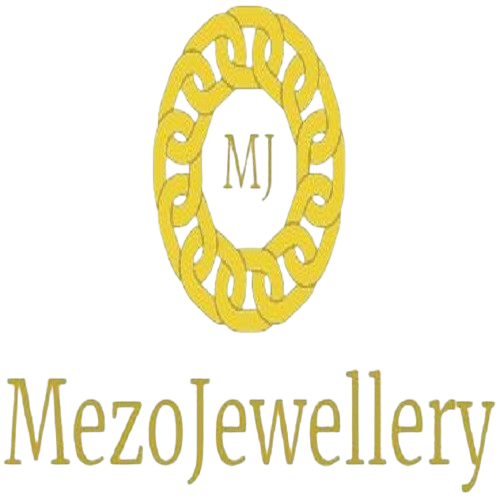Jewellery Making: Bridging Customary Traditions and Modern Technology
# 💍 Jewellery Making: Bridging Customary Traditions and Modern Technology
Jewellery has always held a special place in human history — not just as a symbol of wealth or status, but as a powerful form of self-expression, artistry, and cultural identity. From hand-crafted tribal ornaments to high-tech 3D-printed pieces, jewellery making has evolved drastically over the centuries. Today, we stand at a fascinating intersection where age-old craftsmanship meets cutting-edge technology.
In this blog, we explore how traditional jewellery-making methods are being preserved, how modern technology is transforming the industry, and how both are blending to create a new era of jewellery design.
---
## 🛠️ Traditional Jewellery-Making Techniques
Before the age of machines, jewellery was made entirely by hand, using simple tools, time-honored techniques, and meticulous craftsmanship. These methods are still cherished today for their uniqueness and historical value.
### 1. **Hand Engraving**
Artisans use fine tools to carve intricate patterns into metal surfaces, often relying on nothing more than a steady hand, years of experience, and a keen eye for detail.
### 2. **Filigree Work**
This delicate technique involves twisting fine metal threads (usually gold or silver) into lace-like patterns — popular in traditional Indian, Middle Eastern, and Mediterranean jewellery.
### 3. **Stone Setting by Hand**
Placing and securing gemstones into rings, earrings, and necklaces is a skill passed down through generations. Each setting is customized to ensure the stone fits perfectly.
### 4. **Lost-Wax Casting (Traditional)**
In this age-old method, a wax model of the jewellery is made and then encased in clay or plaster. When heated, the wax melts away, leaving a mold to pour molten metal into.
These traditional methods require patience, dexterity, and a deep understanding of materials. Though time-consuming, they often result in pieces with more character and cultural richness.
---
## 🧪 The Role of Modern Technology in Jewellery Making
Technology has not replaced traditional methods — rather, it has enhanced the possibilities for design, precision, and production efficiency.
### 1. **3D Printing & CAD Design**
Computer-Aided Design (CAD) allows jewellers to design complex structures that were once impossible by hand. These designs can then be printed using 3D printers to create wax or resin models for casting.
### 2. **Laser Cutting and Engraving**
Laser technology ensures precise cuts and fine detailing, allowing for intricate patterns and faster production times without compromising quality.
### 3. **CNC Machines**
Computer Numerical Control (CNC) machines automate the process of carving and shaping metal and gemstones, leading to high consistency and speed — ideal for large-scale manufacturing.
### 4. **Augmented Reality (AR) and Virtual Try-Ons**
AR technology enables customers to "try on" jewellery virtually using apps before making a purchase. This is transforming the retail experience, especially in e-commerce.
### 5. **Ethical Sourcing & Lab-Grown Gems**
Technology now allows the creation of diamonds and gemstones in labs — chemically identical to mined ones but more sustainable and often more affordable.
---
## 🔄 The Fusion: Where Tradition Meets Innovation
The most exciting trend in jewellery today is the fusion of old and new. Many designers are using traditional motifs and hand-finishing techniques, while employing modern tools for base structures and initial models.
For example:
* A designer may sketch a vintage-inspired piece by hand, model it using CAD, 3D print a prototype, and then set the stones by hand.
* Goldsmiths might use laser tools to cut parts with precision, but still hand-polish and engrave for that artisanal touch.
This hybrid approach allows artisans to preserve the soul of craftsmanship while embracing the efficiency and accuracy of technology.
---
## 💡 Why This Matters
The marriage of traditional and modern techniques is not just about aesthetics — it's also about:
* **Sustainability**: Reduced material waste and ethical sourcing.
* **Accessibility**: Mass customization makes bespoke jewellery more affordable.
* **Preservation of Culture**: Technology helps archive and replicate endangered traditional designs.
---
## 📿 Final Thoughts
Jewellery making is no longer a choice between tradition and innovation — it's about **harmony**. Whether it’s a tribal heirloom passed through generations or a futuristic design made with AI and 3D printing, every piece tells a story. And in today’s world, that story is being told with tools from both the past and the future.
Jewellery isn’t just made — it’s crafted, imagined, engineered, and most importantly, felt.
--
